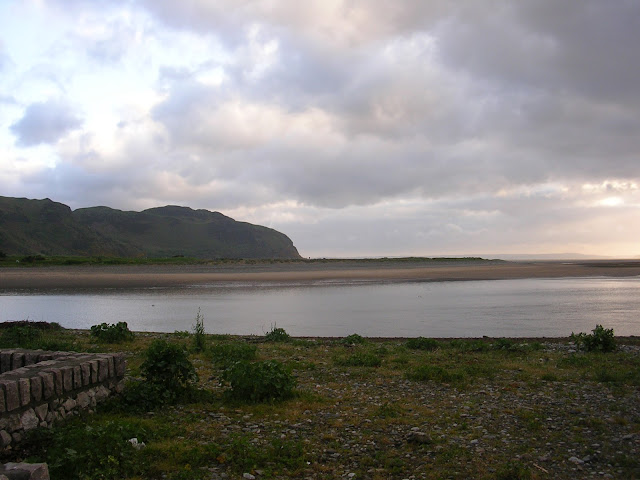The the most ancient place I visited was the Great Orm's Head Copper Mine on the northwest coast of Wales. The name Great Orm's Head comes from the Norse word for serpent or dragon, and the promontory juts out from the coast like the head of such a beast rising from the sea.
The top of the promontory itself is a beautiful place, with glorious views all around.
Some of the copper was probably used for jewelry and other ornamental purposes. But most of it was combined with tin, brought from Cornwall, 500 miles away, to make bronze. It's estimated that enough copper ore was mined from the site to forge 10 million bronze axe heads.
Axe heads traced to the mine have been found as far away as the Netherlands.
The mine is fascinating to visit, although I wouldn't recommend the tour for the claustrophobic or anyone who is unsteady on their feet. There are lots of stone steps and narrow passageways. Some of the mineshafts are so small that it's clear they were mined by young children.
The most amazing part of the tour is the Bronze Age Cavern, which is 24 feet high by 78 feet wide (and too dark for me to get a picture of).
The exhibits and displays at the mine are also intriguing, providing a glimpse into what life must have been like for those early people.
I enjoyed the tour, and my pink hard hat, but was glad to return to the wide open grassy terrain around the mine.









